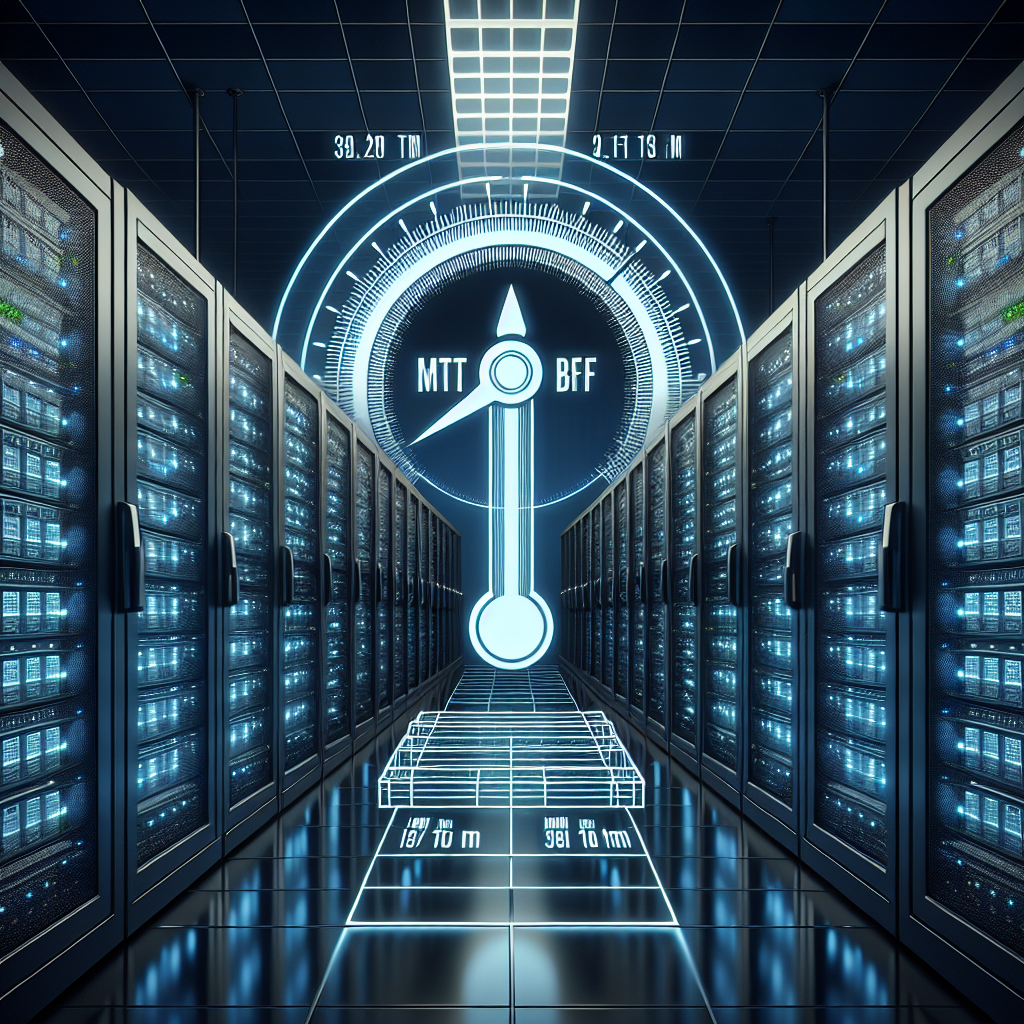Data centers are the backbone of modern businesses, serving as the central hub for storing, processing, and distributing critical data and applications. As such, ensuring maximum uptime and efficiency is essential for businesses to operate smoothly and deliver a seamless experience to their customers. One key metric that data center operators use to measure reliability and efficiency is Mean Time Between Failures (MTBF).
MTBF is a measure of the average time between failures of a system or component, indicating how reliable and resilient it is. The higher the MTBF, the more reliable the system is, and the longer it can operate without experiencing a failure. By optimizing the data center MTBF, operators can improve the overall efficiency and performance of the facility, reduce downtime, and minimize the risk of data loss or service interruptions.
There are several strategies that data center operators can employ to optimize MTBF and maximize efficiency:
1. Regular maintenance and monitoring: Implementing a proactive maintenance and monitoring program is crucial for identifying potential issues before they escalate into major failures. Regularly inspecting and servicing critical components such as servers, storage devices, cooling systems, and power supplies can help prevent unexpected downtime and extend the lifespan of equipment.
2. Redundancy and failover systems: Implementing redundant systems and failover mechanisms can help minimize the impact of hardware failures and ensure continuous operation of critical services. Redundant power supplies, network connections, and cooling systems can provide backup options in case of a failure, reducing the likelihood of downtime and data loss.
3. Temperature and humidity control: Maintaining optimal temperature and humidity levels within the data center is essential for preventing overheating and equipment failures. Implementing efficient cooling systems, airflow management, and environmental monitoring can help regulate the ambient conditions and prolong the lifespan of hardware components.
4. Data center design and layout: Properly designing and organizing the data center layout can also contribute to optimizing MTBF. Ensuring proper cable management, adequate spacing between equipment, and efficient airflow patterns can help reduce the risk of overheating, cable damage, and equipment failures.
5. Remote monitoring and management: Leveraging remote monitoring and management tools can provide real-time visibility into the performance and health of data center infrastructure. Monitoring key metrics such as temperature, power consumption, and network traffic can help operators identify potential issues early on and take proactive measures to prevent downtime.
By implementing these strategies and optimizing data center MTBF, operators can improve the overall reliability and efficiency of their facilities, reduce downtime, and ensure maximum uptime for critical services and applications. Investing in preventive maintenance, redundancy, environmental control, and remote monitoring can help data centers achieve peak performance and deliver a seamless experience to users.


Leave a Reply